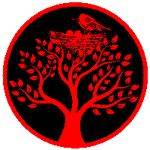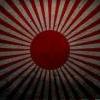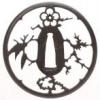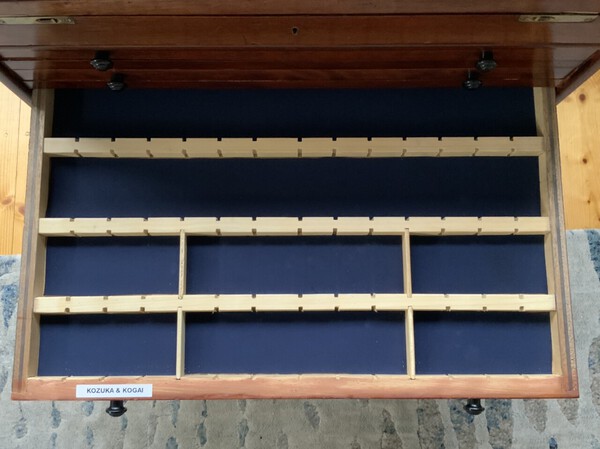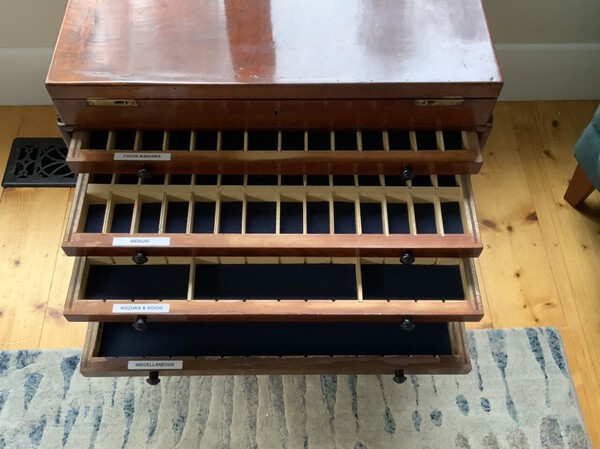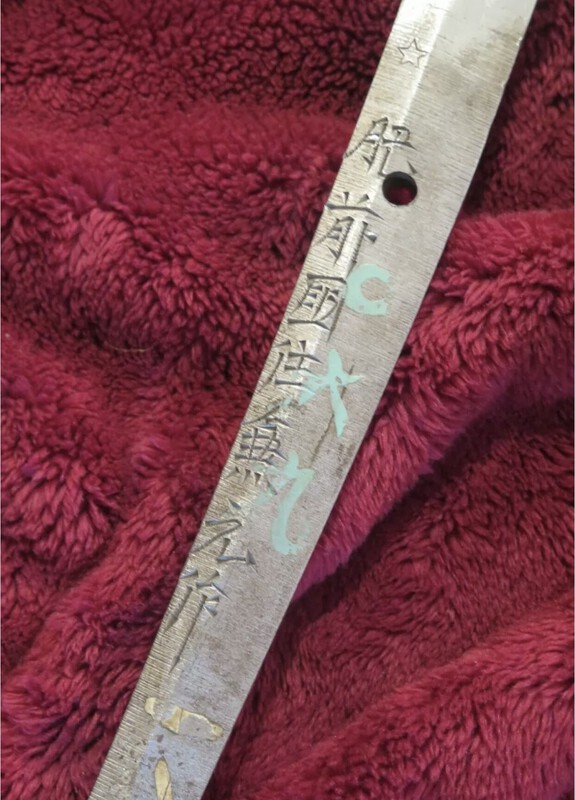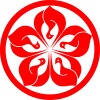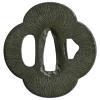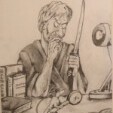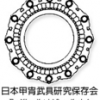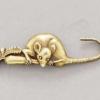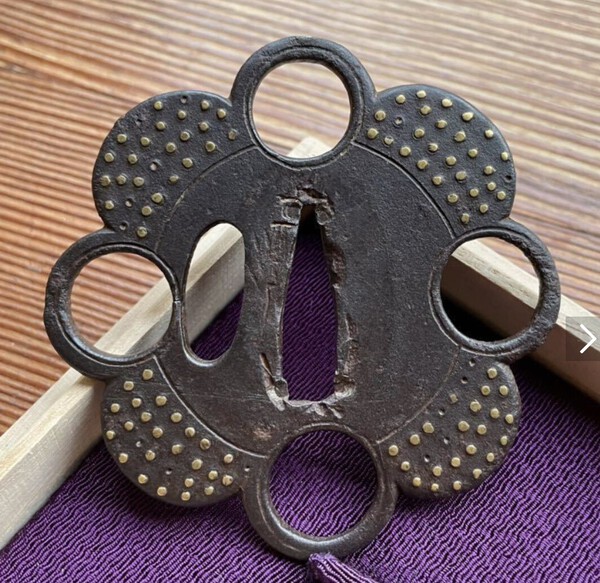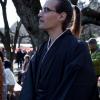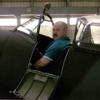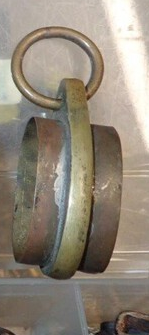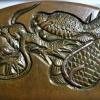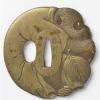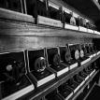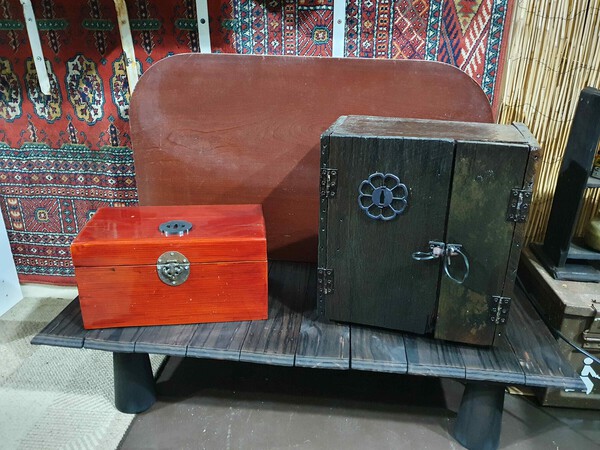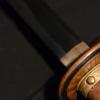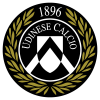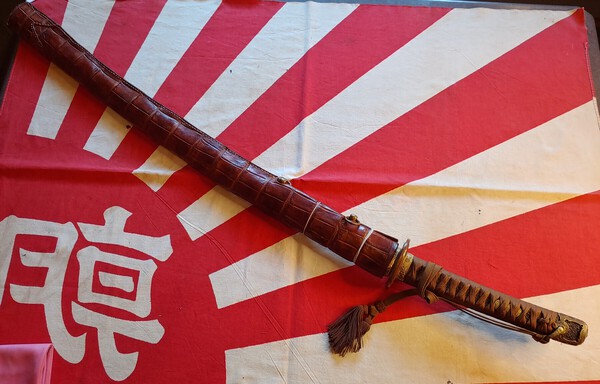Leaderboard
Popular Content
Showing content with the highest reputation on 06/11/2021 in all areas
-
3 points
-
They started at one. I have two digit, three and four digit examples. Dawson lists a single digit sword in the books list.3 points
-
3 points
-
According to Markus Sesko the civilian name of the Kanemoto who made your sword was Motomura Kensaku. He was born in 1907 and studied from 1924 under 3rd generation Muto Hisahiro. He worked as a Rikugun-Jumei tosho which should tell you a lot about your sword if you did a little searching about star stamps. It also appears he entered the 1941 sword competition, but I'll let you find out how he placed since you have a copy of John Slough's book Modern Japanese Swordsmiths 1868 - 1945..2 points
-
Late model or not, it is star-stamped, which is indicative of it being a gendaito. But the koshirae is definitely interesting and appears to match the book.2 points
-
2 points
-
2 points
-
2 points
-
2 points
-
There are some serious red flags here, it is quite clear that decorative plates and fittings have been added post period. This was originally sold as part of a "set", which was cobbled together from Edo and Showa period components. The Dou has been vandalised, this is unscrupulous behaviour which needs to be condemned. https://www.catawiki.com/es/l/47534071-yoroi-cuero-hierro-forjado-seda-japans-samurai-armor-kyogoku-takatsugu-gesigneerd-1590-japon-siglo-xvi2 points
-
Left side supposedly says 三郎左衛門 Saburō Saemon (according to an auction site that was selling this) I can't see anything other than the 三, and maybe the lower part of the final character 門. The auction site said Saburō Saemon was the son of Genbei, and that this was a gassaku (collaboration). An internet search showed that there was a set of armor by Genbei which was shown at the Hikone Castle Museum as part of an exhibit of the collection of Daimyo Ii Naoaki. No idea if it was this particular item or not. https://hikone-castle-museum.jp/cms/wp-content/uploads/2016/10/ab1b40f40d8aa3c6a1366da4a3587ae0.pdf2 points
-
Dear all following the popularity of the recent kantei posted by Chris I have added another one below. Unfortunately my photographic skills aren't up to the standard seen in Chris' example so i have added a detailed description as well. Normally kantei blades should be a typical example of a school or smiths work. In this case there are many of the features you might expect to see but it isn't altogether typical. The sword: Shinogi-Zukuri, iori mune with tori-sori. Suriage with nijimei Nagasa 48.4cm Sori 0.9cm Motohaba 2.8cm Sakihaba 1.9cm Kasane 0.6cm Sugata: The blade was originally 6-8cm longer than its current nagasa. Despite being shortened it retains elegant proportion. The blade narrows elegantly from the machi to kissaki. The shinogi is of medium height with a fairly wide shinogi-ji. There are 3 small kirikomi visible on the shinogi, one on the ura and two on the omote. Hada: The hada is a very fine and consistent ko-itame. Overall the blade has a great deal of ji-nie which becomes brighter and larger as it progresses to the monouchi. There are also small chickei running the length of the blade. The quality of the forging and the brightness of the nie based activity are outstanding. Hamon: The hamon is a very gentle midare based on a suguha foundation. The nioi-guchi is extremely clear and bright and has a characteristic “belt like” form associated with this school. Running throughout the hamon is a great deal of activity comprising of very bright nie which cascades through the nioi-guchi and creates clouds of nie on the border with the ji. There is kinsuji in the lower half of the blade. As it progresses towards the monouchi the nie becomes larger and brighter in areas it forms nijuba and kuichigai-ba. Kissaki: The blade has a slightly small chu-kissaki with suguha boshi which is ko-maru with a short kaeri. Nakago: The Nakago is suriage with 3 mekugi-ana. There is a nijimei on the lower part of the blade and the original yasurime are clearly distinguishable. The yasurime are very slightly katte-sagari1 point
-
The family name of the swordsmith who made your blade is Motomura. He is listed in the names of the 1941 exhibition participants as "Motomura Kanemoto (Saga)". There were two WWII swordsmiths who used Kanemoto as their art name so don't get them mixed up. I think you are misunderstanding the concept of rare when it comes to the mounts your blade is in. Late in the war Japan was running out of essential materials and in order to save materials needed for the war effort, they simplified the scabbard and mountings in the last couple of years of the war. After using the type 98 mountings for most of the war, then they switched over to the Rinji style. Since it was only used for a couple of years at the end of the war, it's not as common as the type 98, but still there were plenty of the Rinji style made, so personally I wouldn't call them rare. Less common would be a better term.1 point
-
It turns out to be Kanno san, an expert about horse related equipment and use of armor on the battlefield. One of the main personalities of the soma noma oi.1 point
-
Agreed, he's not in the same category as The Monkey. I've chatted a little with him too, and a good deal of his stuff, or some of it, he sells on consignment. My only complaint of his business practice is that he seems willing to sell anything, even if it's been faked by his supplier. But I've read that much of what he sells is legit, but like Peter said, maybe lower-end stuff. It's like all buying - Buyer Beware - know what you're getting before you get it.1 point
-
1 point
-
1 point
-
Steve, You may not know if you don't have it, but does it have stamps on the nakago mune? Could I get a photo with the star visible? Also, one of the double painted fitting numbers "069" and "189". Re-mounted at some point in the war?1 point
-
Thanks I just hope it’s a nice sword and made a wise choice and wasn’t cheap but I guess many are not steve1 point
-
I’m sorry to say the rumors of buffing/amateur polish and acid washes are every bit as true as they are ghastly. At least he was decent enough to accept a return but I can not comprehend why the buffing? An old polish sword with minor rust problems has potential and could get better. Instead the buffed swords are basket cases with almost no value and would take a professional polisher to maybe salvage. I just can not understand why he took old swords and buffed away almost all their value. He’s buffing away his own money.1 point
-
1 point
-
1 point
-
1 point
-
1 point
-
1 point
-
Forgive me if I have got this wrong but I have always understood these to be called haikan, not so? All the best.1 point
-
1 point
-
Steve it is rare because it is a late war sword from a good smith. Nice sword.1 point
-
Check out (under links) The Japanese Sword Index. Also, in Military Swords, look up Star Stamps.1 point
-
1 point
-
1 point
-
This is being posted earlier than originally intended as it is doubtful if I will have time available over the next day or so... Item No. 57 - Iron tsuba in mokko gata form , gold , shibuichi and shakudo details 7.28 cm x 6.88 cm x 0.45 cm ( over plain ) , 0.61 cm at thickest. Subject of a lake scene with a mountain in the background , fishermans sail boat to rear with skein of geese . A temple is partly hidden by the mountain , a house close to shore . A waterfall is depicted opposite the mountain. Signed Yasuchika , but which generation ? Whenever I show this Tsuba at meetings or exhibitions , I get two responses . The majority of viewers seem to be indifferent ( maybe it looks too plain and uninteresting alongside some of the other pieces ) , but a few pick it up and study it and are almost always positive in their comments. My personal view is that it dates from sometime in the 18th century and displays a lot of the elements that were also used by Natsuo in his scenic works. The mountain is carved from the same piece of iron as the rest of the tsuba , in other words it is not an inlay . I will try to take some oblique pictures to give a better view of this. I have also included a picture of this tsuba without its protective coating , as it is possible to see that the house on the shore is inlaid in shibuichi and the temple in shakudo and gold. The more you look at this one , the more you see .1 point
-
Shinto Ishido my guess. Also i think there was a yokoyama gimei removed but this is pure speculation.1 point
-
From Tosogu CLassroom Vol II. (Thank you, Markus). 1st generation (Kawasaki) Munetoshi studied under Myochin Osumi no kami Munesuke in Edo and was given the Myochin name. 4th generation Tosa Myochin Muneyoshi studied with the Akasaka Tadashige (Tadanori) and and began copying Higo. i would have guessed Kamiyoshi if it were not for the rectangular yose tagane on the omote - a dead giveaway. Nice tsuba - the TM are generally under rated1 point
-
Hi Jon, not had any issues with Aoi in the past with importing to UK, just make sure they state the customs tariff for antiques which is 9706.00.00.00 on the description and add ANTIQUE OVER 100 YEARS OLD.....RELIEF REQUESTED That should do it..1 point
-
Having seen Colonel Aikyo's sword in the Australian War Memorial many times this is quite interesting, thank you for sharing. https://www.awm.gov.au/collection/C3803471 point
-
I've seen several types of attributions for these basket weave and clematis themed tsuba. This is the one I got on mine. With the cloissone, I expected something else. It was confusing to me as a younger collector. Basically- with the basket weave ones it seems they just toss it into whichever category most fits a particular tsuba. No particular school associated with the lobed basketweave design. The concentration seems to be largely in Choshu, Bushu, and various Shoami schools.1 point
-
Ok so I bought one.. It arrived in lightening time from America to UK, and its absolutely fantastic.. Really really helpful little book, worth every penny!! I'd go as far as to say its cheap😎 well worth a purchase.. If your thinking about it just get one😁1 point
-
1 point
-
I love it Grev, well done. I'm very passionate about up cycling, I have have literally hundreds of examples I've done, although I don't have pictures of many on hand (two pictured below though), I have done at least 5 other storage boxes for Tsuba sized collections. I don't want to deviate this thread from your excellent drawer, but one of the last up cycles I've done has been for my wife. I won a 1910 Australian Wertheim piano, but full restoration was prohibitively expensive, so instead of re-selling for parts or scrap, I decided to retro fit a new casio s150 digital Piano into it. Up cycling an old piano to a newer old piano??1 point
-
1 point
-
If you ever have the idea to let it go, let me know! I'd part with a number of things for something as gorgeous as this.1 point
-
Nagasa is just over 28 Inches, large Sori with Fumbari. Overall length of mounts is 41.5 Inches.1 point
-
1 point
-
Yes, the crocodile skin is quite thick and adds a fair amount of bulk compared to a normal leather cover.1 point
-
That leather cover looks thick and heavy. Does it have more weight to it in comparison to normal leather cover?1 point
-
Hi David, you are right, he would be a commander in the IJN, however all reference material (and the Australian officers account) lists him as Colonel.1 point
-
1 point
-
Actually I was only relating to the modern nbthk tmahagane but forgot to say in my 2nd post. As far as I know, the process of creating bainite on the spine of a L6 blade is lowering the edge hardness without exceptions. My conclusion is that the nihonto will still holds the Edge better. It’s not possible to create a steel that is more shock resistent and better holding the edge while more flexibility. And iron with carbon is steel. They don’t found steel in Europe as ore or anything. Also the process of folding the steel with tamahagane reduces the carbon content.1 point
-
Some while ago Stephen put up a link to Ford discussing restoration of a tetsu same tsuka from a katana. This link shows Ford discussing restoration of a wakizashi koshirae: https://www.youtube.com/watch?v=X0yk24gfjWg In the beginning he also revisits the tetsu same tsuka to show results of the conservation of this item. BaZZa.1 point




